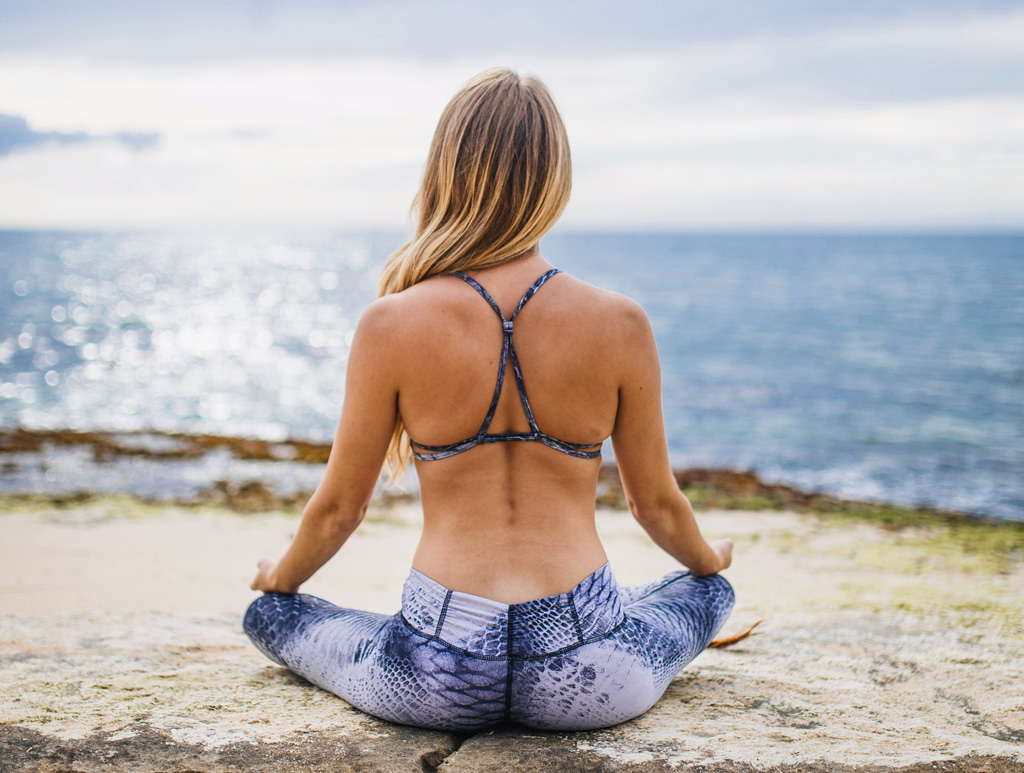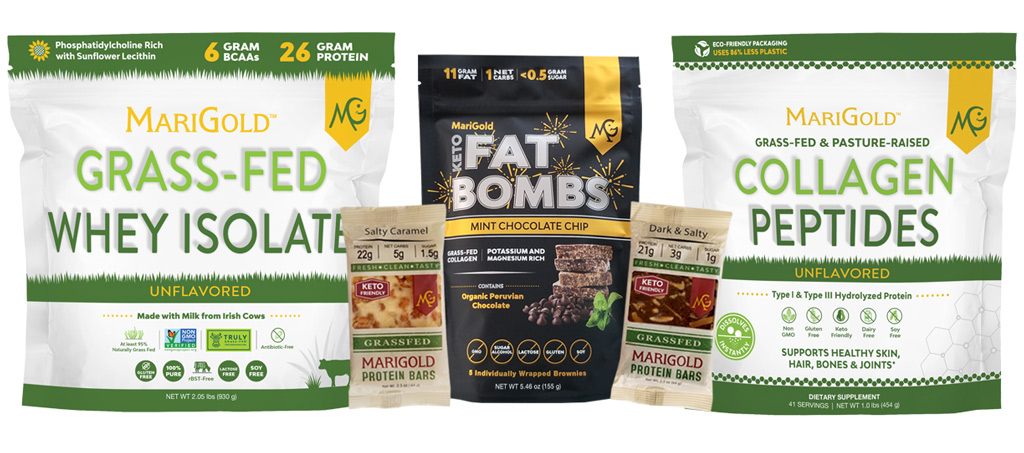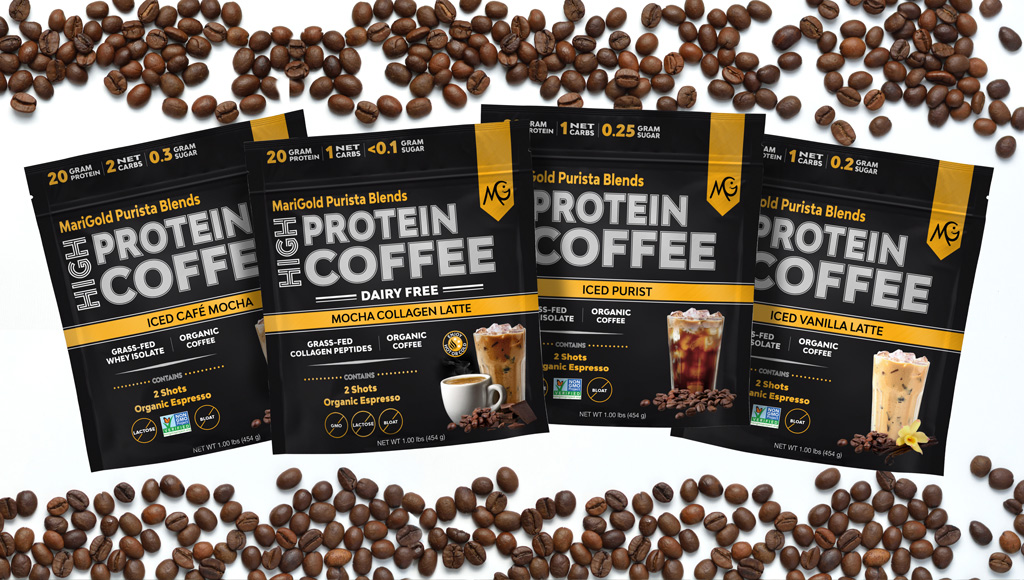Are you sitting down for this? On second thought, maybe you should stand up. Because according to the stats, low back pain is one of the most common complaints in the workplace, second only to colds as a reason to see your doc. There are many possible causes for low back pain: degenerative disk disease, muscle strain, vertebral slippage and even arthritis. But the one active people suffer from most, particularly those who do heavy resistance training, is bulging disks.
“The mechanism for disk bulging is actually spinal bending,” says Dr. Stuart McGill, director of the Spine Biomechanics Laboratory at the University of Waterloo in Ontario, Canada. “The spine is strongest when it isn’t bent — locked in a neutral curve.” Repeated and prolonged forward bending tends to destroy the connective tissue of the spine over time, causing the disks to bulge backward, putting pressure on nerves and thereby causing low back pain.
The amount of stress applied to a disk is relatively low if the bending is not accompanied by load. This is why the cat/camel exercise is relatively safe and also the reason inactive people who sit all day are less likely to suffer from back pain. However, if the bending is accompanied by load (i.e., poor deadlift form) or if there is a loading phase (working out) followed by prolonged bending phase (sitting with slumped posture at work), then there is more potential for damage and a higher risk of disk bulging.
So even though daily workouts should give you a bulletproof physique, they may actually be putting you at greater risk for injury when done improperly. Here are some tips for protecting your spine from injury while keeping pain at bay, both in the gym and in your daily life.
24-Hour Protection
The mechanism for disk bulging is bending and loading, but here’s the thing: They don’t have to occur at the same time. Even if your form is impeccable and your spine is neutral and stable when lifting, your disks are still affected by the rest of your daily movements. Therefore, people with office jobs or jobs that consist primarily of sitting should be extra cautious if they are also avid gym-goers.
“When you sit all day in a flexed posture, that loosens the collagen fibers in the disk and makes it more likely to bulge and cause back pain,” McGill says. “So even if you train an hour every day at the gym, the other 23 hours are really, really important. You have to sit with more discipline. You have to get on and off the toilet, on and off your chair, in and out of your car in a more pristine way.”
Take Action: Don’t leave your good posture and safe-spine form at the gym: When you sit, stand, reach up or reach down during your daily routine, pay the same attention to your form as you would when picking up a pair of dumbbells. Maintain a safe, comfortable curve in your spine, brace your abs and use your legs to lift rather than your back. Most of all: Bend at your hips, not your spine.
Activate Your Core First
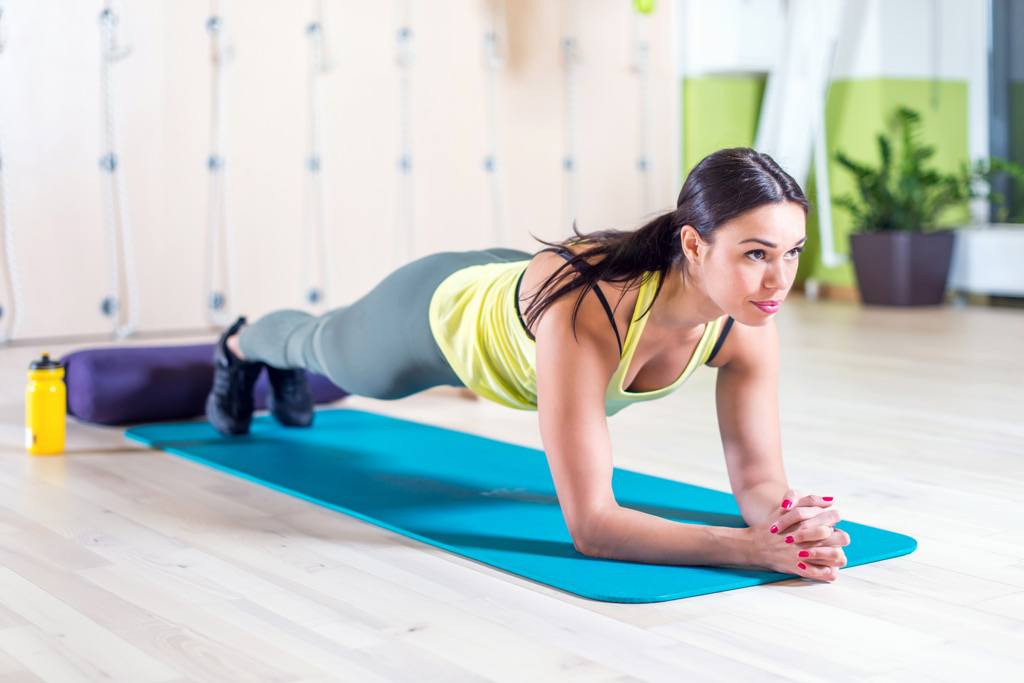
In a recent study out of McGill’s lab, published in the Journal of Strength and Conditioning Research, isometric and anti-rotational exercises like planks, bird dogs, side bridges and Palloff presses were superior to dynamic exercise such as crunches in enhancing core “stiffness” — the bracing, supportive action of the trunk that resists outside forces and stabilizes the spine. Improving core stiffness may help you lift heavier, too, because it can increase the load-bearing capacity of the neutral spine.
Take Action: Include a few sets of core-stiffening moves (planks, bird dogs, Palloff presses) at the end of your warm-up before beginning your workout so the core is properly activated in preparation for heavier moves likes squats, deadlifts and overhead presses.
Personalize Your Program
Does this mean you should avoid crunches altogether for fear of disk bulging? Not necessarily (unless you currently have low back pain, in which case please do something else). This is where your genes and individual skeletal structure come into play. “If you take a slender branch on a tree, you can bend it back and forth and no issues occur,” McGill says. “But take a thick branch and bend it the same amount, and it splits and shatters.” The point here is that there’s no one-size-fits-all prescription for back health. Yogis, for example, do a ton of spinal bending and might never have one day of back pain in their lives. These individuals may simply be able to withstand a higher number of tolerable bends to their spine because of their skeletal structure.
Take Action: It’s difficult to know whether your spine is a twig or a trunk, but it’s always best to play it safe. If you plan on doing crunches or an hour of yoga, then keep your back neutral the rest of the day, if possible — sit up tall, use good posture and practice absolutely perfect form when doing other lifts.
Training Time
The time of day that you train also affects your spinal health. Because your disks fill with fluid during the night while you sleep, you’ll be stiffer and have a reduced range of motion during the morning hours. If you train in the evening, your core may have gotten lazy throughout a deskbound day.
Take Action: Take more time to warm up with dynamic stretching if you work out in the morning so as not to strain the muscles or ligaments in your back. If you’re a night owl, activate your core with a few isometric exercises — such as planks or side planks — before your strength session and focus on bracing before each move.
Give Your Glutes A Wake-Up Call
If you’ve already had a bout with back pain, you may already have adopted a new, unhealthy pattern of moving: When your back is in pain, your brain sends a message that shuts down the glutes as a protective response, calling on other muscles such as the hamstrings and back extensors to perform the movements and avoid the pain. Then even when your back has recovered and there’s no longer pain, the body retains that pattern. So once you get the OK to return to the gym from your physician, the first step is to get your booty back on track.
Take Action: The best exercise to wake up your gluteus maximus, according to McGill, is a lying hip thrust, aka a bridge. McGill cues his patients to imagine clenching a $100 bill between their cheeks to get the glutes going again. And for the gluteus minimus, side-lying clamshells are key.
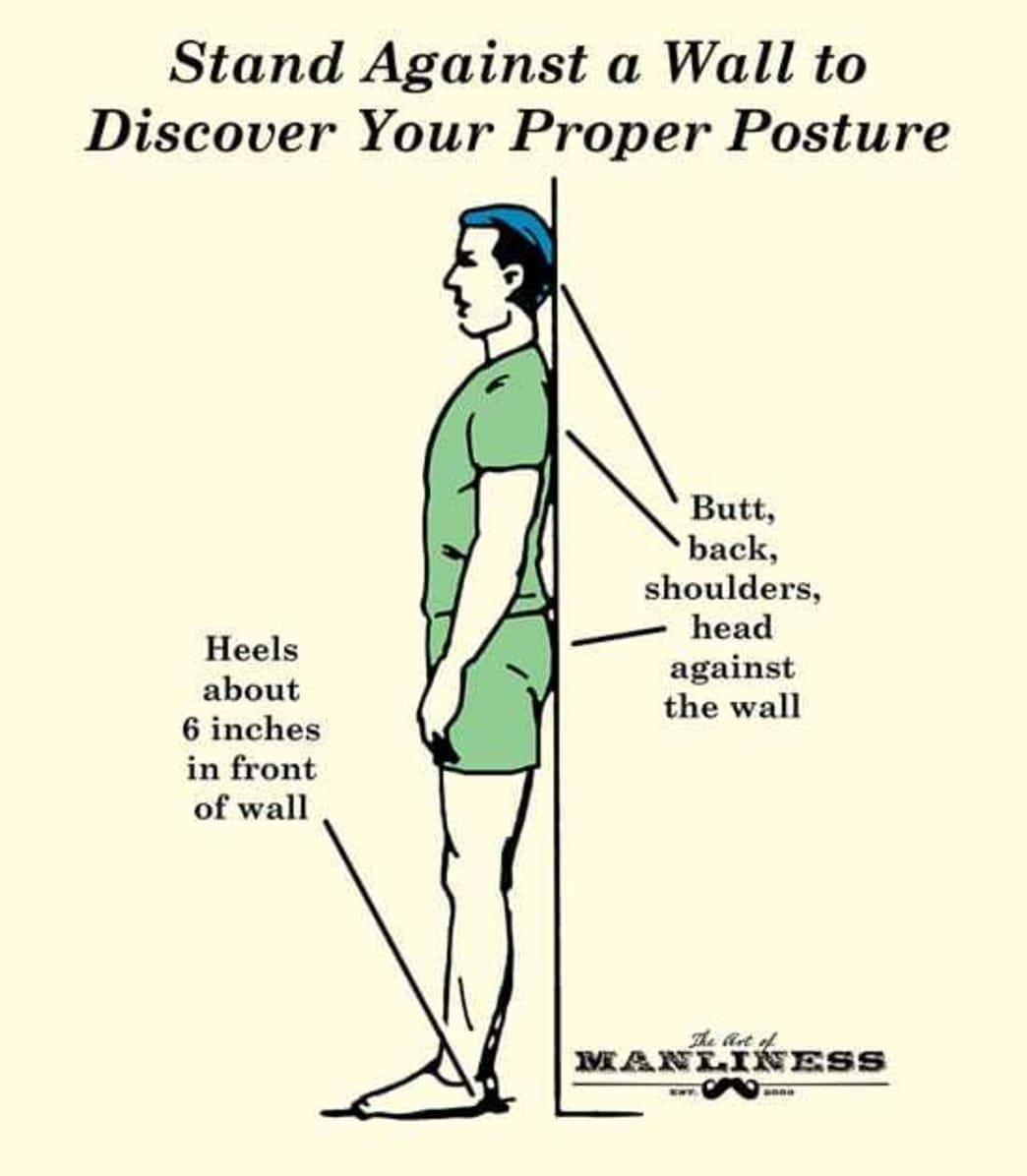
Support a Healthy Spine with MariGold!
Proper nutrition is an essential key to the maintenance and health of the spine.
Protein is a key building block for body structure, so consuming enough protein in your daily diet is critical for maintaining, healing, and repairing bones, cartilage, and soft tissues.
Our MariGold Whey Isolate is a great way to make sure you’re getting enough premium quality protein. Our protein powder is 100% pure, and derived from milk given from Truly Grass-Fed™ cows. It is cold processed, micro filtered, undenatured, and incredibly creamy.
It mixes easily into your favorite recipes or shakes for a delicious protein boost. It is also rBST free, antibiotic free, lactose free, soy free, and gluten free.
Our protein bars are also a great, on-the-go snack for extra protein. And we also now have High Protein Coffee! You can start your day with the protein and energy you need!
Supplementing with collagen can also help restore ease of movement in the spine by replenishing joints and connective tissue, including cartilage and tendons. Our MariGold Collagen Peptides is made with Type 1 & 111 bovine collagen to help to support healthy skin, hair, bones and joints.
Magnesium is a mineral that also plays a very important role in the health of your spine. Your body needs it in order for the muscles to properly contract and relax. It also helps to maintain muscle mass right along with bone density.
Our Dark & Salty and Double Fudge Brownie protein bars contain organic dark chocolate that is rich in magnesium. Our Salty Caramel bar has magnesium-packed cashews and is a tasty way to get a magnesium boost. Our Mint Chocolate Chip Fat Bombs are also potassium & magnesium rich.
Last but not least, is another spine-healthy ingredient: L-Glutamine. Our protein bars contain L-Glutamine, which is involved in the biological processes that control cell growth and repair. It nourishes and serves as fuel for both the skeletal and smooth muscles.


